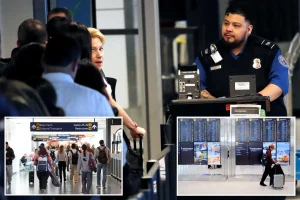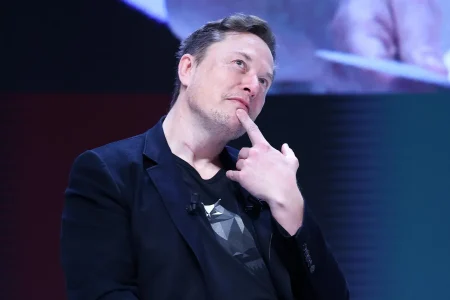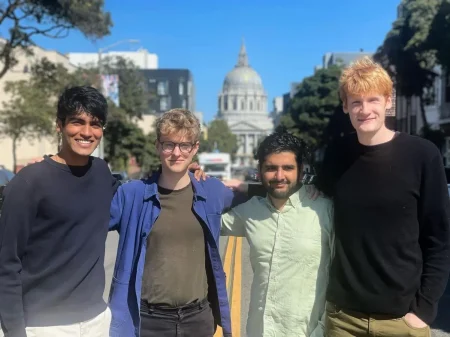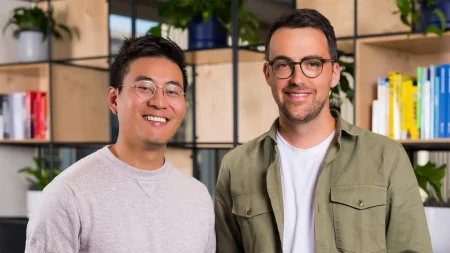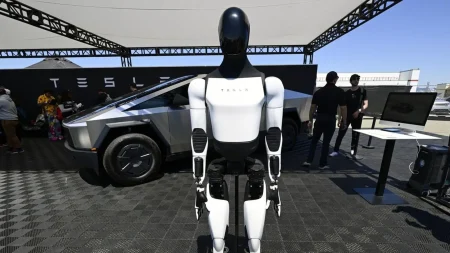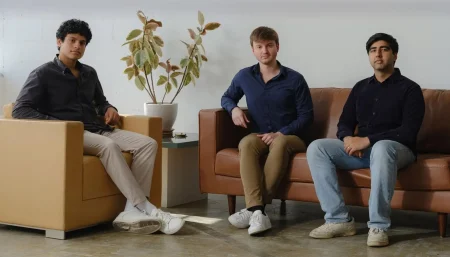OpenAI’s Bold Bet: Sam Altman’s Trillion-Dollar Gamble
In recent months, OpenAI CEO Sam Altman has embarked on an unprecedented dealmaking spree, committing the AI powerhouse to approximately $1.4 trillion in compute agreements with tech giants like Oracle, Nvidia, Microsoft, AMD, Broadcom, and Amazon. These massive financial commitments have raised serious questions about sustainability and risk, especially considering OpenAI’s projected revenue of $20 billion this year. The stark disparity between promised expenditures and actual financial capacity has industry observers wondering: what happens if OpenAI can’t fulfill these obligations? The commitments represent a staggering leap of faith, requiring OpenAI’s revenue to grow approximately 2900% by 2029 to roughly $577 billion—comparable to Google’s projected revenue that year—according to Tomasz Tunguz of Theory Ventures, who described these projections as “crazy numbers.”
The most likely scenario, according to industry analysts, is that OpenAI will utilize only a portion of the compute it has reserved, leading to contract renegotiations with its partners. D.A. Davidson analyst Gil Luria notes that companies like Oracle, Amazon, and Microsoft have strong incentives to rework these deals rather than risk OpenAI’s bankruptcy and receiving nothing. Such renegotiations are common in the data center industry, where contracts are complex, span multiple years, and contain various contingencies and exit clauses. Many of these deals are structured with flexibility in mind—the headline numbers often exceed actual contractual commitments due to variables like share price fluctuations, construction costs, and chip pricing. For example, OpenAI’s agreement with AMD involves purchasing up to 6 GW of chips (worth approximately $90 billion) in exchange for roughly 10% of AMD shares, contingent on meeting specific performance milestones rather than upfront cash payments.
The contracts themselves offer OpenAI several potential escape hatches. Power supply constraints and chip availability issues might prevent infrastructure providers from delivering on schedule, creating opportunities for OpenAI to reduce its financial obligations. The company’s $22.4 billion agreement with CoreWeave, for instance, can be terminated by either party “for cause,” which could include significant delays. Despite the enormous financial risks, Altman has made it clear that his primary concern is securing enough affordable compute power to train and run increasingly sophisticated AI models—a prerequisite for revenue growth. “We believe the risk to OpenAI of not having enough computing power is more significant and more likely than the risk of having too much,” he stated, while also suggesting that OpenAI might eventually sell excess compute capacity to other companies, creating an additional revenue stream.
Altman’s aggressive pursuit of massive computing resources aligns with his longstanding belief in scaling laws as the pathway to artificial general intelligence (AGI). He has publicly asserted that “the intelligence of an AI model roughly equals the log of the resources used to train and run it,” suggesting that pumping more resources into AI development yields “continuous and predictable gains.” This philosophy has guided his approach across various ventures, including his advice to employees at Worldcoin (now World) that “scaling up earlier than it makes sense to… is super, super valuable.” Corporate governance experts point out that Altman’s willingness to make trillion-dollar commitments may be influenced by his unique position—he claims to have no personal financial stake in OpenAI, even after its recent restructuring as a public benefit corporation. UC Berkeley professor Ofer Eldar notes that Altman enjoys “the upside, in terms of influence, if it all succeeds” while avoiding financial consequences if things go south. This arrangement has raised concerns among corporate governance experts like Jo-Ellen Pozner of Santa Clara University, who questions whether pioneering tech leaders should be permitted to make enormous commitments without bearing proportional risk.
The tech industry’s enthusiasm for these deals reflects OpenAI’s immense gravitational pull in the AI sector. When these partnerships were announced, Oracle, Nvidia, AMD, and Broadcom collectively gained $636 billion in market capitalization, while Amazon’s stock rose 4% following its $38 billion infrastructure deal with OpenAI, adding $10 billion to Jeff Bezos’ net worth. According to Luria, “The math that Mr. Altman is doing in his head is ‘they need me more than I need them.'” This interdependence has already manifested in creative solutions to potential shortfalls—Nvidia has agreed to purchase CoreWeave’s unsold computing capacity through 2032, initially valued at $6.3 billion, which could expand to cover capacity not used by OpenAI. Lloyd Walmsley, a Mizuho analyst, compares the situation to a well-known banking adage: “If you owe the bank a hundred thousand dollars, the bank owns you. If you owe the bank a hundred million dollars, you own the bank.” The entire ecosystem appears to be “holding hands and having this leap of faith that the products are so powerful.”
If OpenAI successfully uses all its booked compute and needs more, it will require additional funding through private investments or public markets—explaining why Altman has discussed a potential IPO, which would facilitate cheaper debt. He remains confident that revenue will grow substantially through enterprise products and emerging categories like robotics and consumer devices. In the unlikely event of bankruptcy, the most probable outcome would be acquisition by a cash-rich partner like Microsoft or Oracle. If liquidation occurred, debtholders (including JPMorgan, Citi, Goldman Sachs, and Morgan Stanley, which provided a $4 billion credit facility) would be paid first, followed by equity investors led by Microsoft (27% ownership after investing $11.6 billion of its $13 billion commitment). Common shareholders—employees, cofounders, and the nonprofit—would receive proportional distributions from any remaining assets. OpenAI’s nonprofit holds a special “Class N” share with majority voting rights but no financial return rights in liquidation. While Altman’s trillion-dollar commitments seem bewildering today, the rapidly evolving AI landscape provides time for OpenAI to develop solutions through additional fundraising or revenue growth—though the exact path forward remains uncertain, even to Altman himself.


